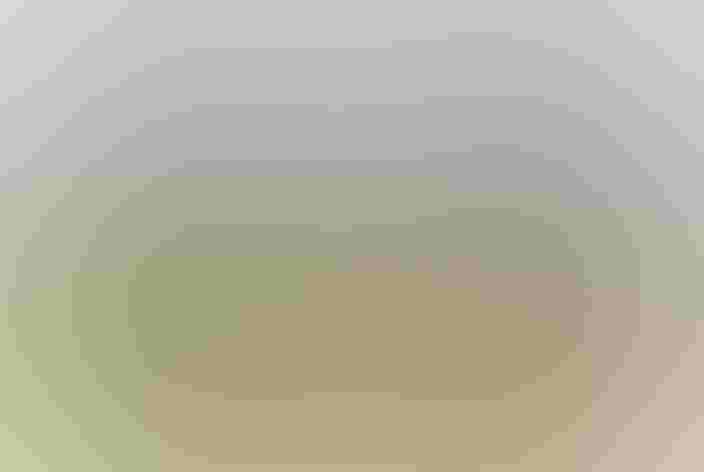White Wagtail
At a Glance
One of the most common birds of open country across Europe and Asia, the White Wagtail enters North America only as a scarce and local summer resident of western Alaska. There it seems to favor the vicinity of manmade structures: most of the nests found in Alaska have been in abandoned fishing huts, old gold dredges, empty fuel tanks, or piles of debris on the beach. Birders are likely to spot this wagtail first as it flies past, giving a metallic call, trailing its long tail in undulating flight.
All bird guide text and rangemaps adapted from Lives of North American Birds by Kenn Kaufman© 1996, used by permission of Houghton Mifflin Harcourt Publishing Company. All rights reserved.
Category
Perching Birds, Wagtails and Pipits
IUCN Status
Least Concern
Habitat
Coasts and Shorelines, Fields, Meadows, and Grasslands, Tundra and Boreal Habitats
Region
Alaska and The North
Behavior
Undulating
Population
860.000.000
Range & Identification
Migration & Range Maps
Those nesting in Alaska spend the winter mostly in southeast Asia. Outside of Alaska, only a very rare stray in the New World. Some of those strays reaching south to California on the Pacific Coast have been of the "Black-backed" form from extreme eastern Siberia.
Description
7" (18 cm). Strong black and white face pattern, black bib, pale gray to blackish back, big white wing patches. Long tail is especially obvious in flight. Immatures and winter adults have throat mostly white.
Size
About the size of a Robin, About the size of a Sparrow
Color
Black, Gray, White
Wing Shape
Pointed
Tail Shape
Long, Rounded, Square-tipped
Songs and Calls
Call constantly uttered in flight is a 2-tone tschizzik or tzilip. Warning call is zipp.
Call Pattern
Falling, Rising, Undulating
Call Type
Chirp/Chip, Whistle
Habitat
Rocky places, towns, rivers. In Alaska, very localized in summer. Seldom on open tundra, usually around low sea cliffs, coastal villages, or shacks on beaches, sometimes on gravel flats of rivers well inland. In the Old World, found in almost any kind of open or semi-open terrain.
Sign up for Audubon's newsletter to learn more about birds like the White Wagtail
Behavior
Eggs
5-7, sometimes 3-8. Whitish to gray, finely spotted with gray or brown. Incubation is by both parents (female does more), about 12-13 days.
Young
Both parents feed nestlings. Young leave nest about 11-16 days after hatching, are tended by parents for up to another week.
Feeding Behavior
Feeds on ground or along edge of water. Forages by walking and picking up items, by making quick dashes to grab active insects, or by flying up to catch insects in the air. Sometimes walks on floating vegetation or in shallow water.
Diet
Insects. Diet in Alaska not known in detail. In Old World, eats mostly insects, including midges, crane flies, and other flies, beetles, mayflies, dragonfly larvae, caterpillars, moths, and many others. Feeds on a variety of aquatic insect larvae as well as adult insects. Also eats some spiders, earthworms, tiny fish, and seeds.
Nesting
In courtship, male pursues female. On ground, male points bill up to show off throat pattern, runs in zigzags near female, postures with deep bowing, tail lowered and spread widely; may raise one wing over back. Nest: Natural sites are in crevices among rocks or cliffs; many in Alaska nest in artificial sites, such as abandoned gold dredges, buildings, or empty oil drums, or under debris. Usually nests low. Nest (usually built by both sexes, but female may do more) is open cup of twigs, grass, rootlets, moss, lined with hair and feathers.
Conservation
Conservation Status
Small population in Alaska is probably stable. Widespread and abundant in Eurasia.





